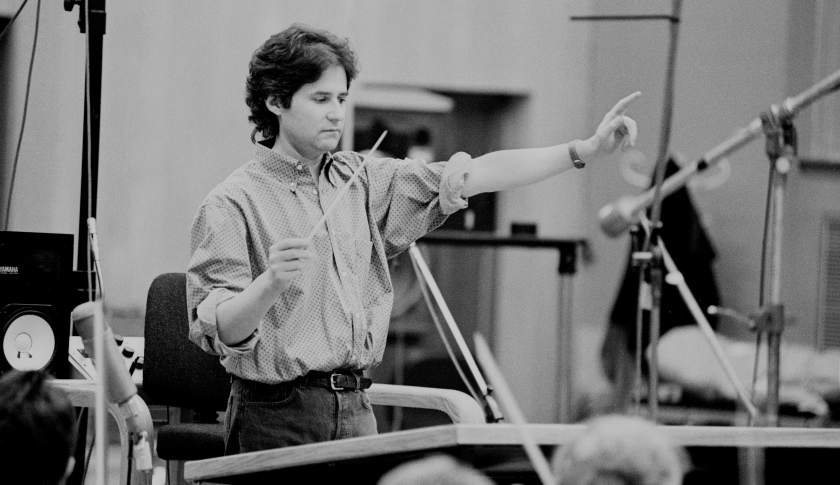There are various technical methods that have been used in film history to accomplish this task. Most have dealt with camera angles or shots, such as close-up shots that give a sense of intimacy with a character or point-of-view shots, which show us a direct view of what the character is seeing and experiencing. While achieving the task by visual means usually works, there seems to be a major component that is often forgotten that can also greatly aid in the quest for character-identifying moments.
This is a component that has existed for nearly a century in the medium of film: sound. When we think of sound in film, we inevitably first think of it being used for dialogue, since that was its main function when it emerged in the late 1920s. However, as film evolved over the decades, sound began playing a larger role. It is now also associated with a soundtrack and musical score that accompanies a film. The soundtrack and score is carefully chosen and composed to help convey appropriate emotions that the characters are feeling.
Sound can go further, however, and play an even larger role in a film to help us get in touch with a character's emotional state or situation. There are several examples of this in past films. James Cameron, in particular, has heavily utilized sound in his films. You probably recall the famous sequence from his 1997 blockbuster Titanic in which Rose is convinced by Jack and Cal to get on a lifeboat as the ship is sinking. She very hesitantly and reluctantly gets on the boat and is being lowered away as the late James Horner's score kicks in. However, as she is being lowered and staring up at Jack, she realizes that this is the last time she will ever see him. Cameron uses slow-motion point-of-view shots as Rose looks at the other passengers in her lifeboat, the crewman lowering them away, and at Jack. At the same time, the diegetic world around Rose, comprised of all the audible panic of the sinking fades away (leaving just Rose's breathing as the only diegetic component) as the musical score takes over the scene, signifying that we as an audience have now entered into Rose's mind and thoughts. Cameron notes that "time becomes dilated" as we experience the moment. The producers of the film also note, "People go to film school and they think all the time about using various ways to 'guide the eye,' so we move the camera and we use depth of field and frame the shot and do all these things to make the eye go where you want it to go. In sound, we don't do that as much as we should. Something I always learned from Jim [Cameron] was focusing the sound so that we hear the sounds we need to hear and nothing more...it's an example of taking sound and guiding the ear, pulling the sounds out we don't want to hear and playing it from her perspective or emotionally making it her moment" (Titanic Blu-ray).
WORKS CITED
Titanic. Screenplay by James Cameron. Dir. James Cameron. Blu-ray. Twentieth Century Fox and Paramount
Pictures, 1997.



 RSS Feed
RSS Feed
